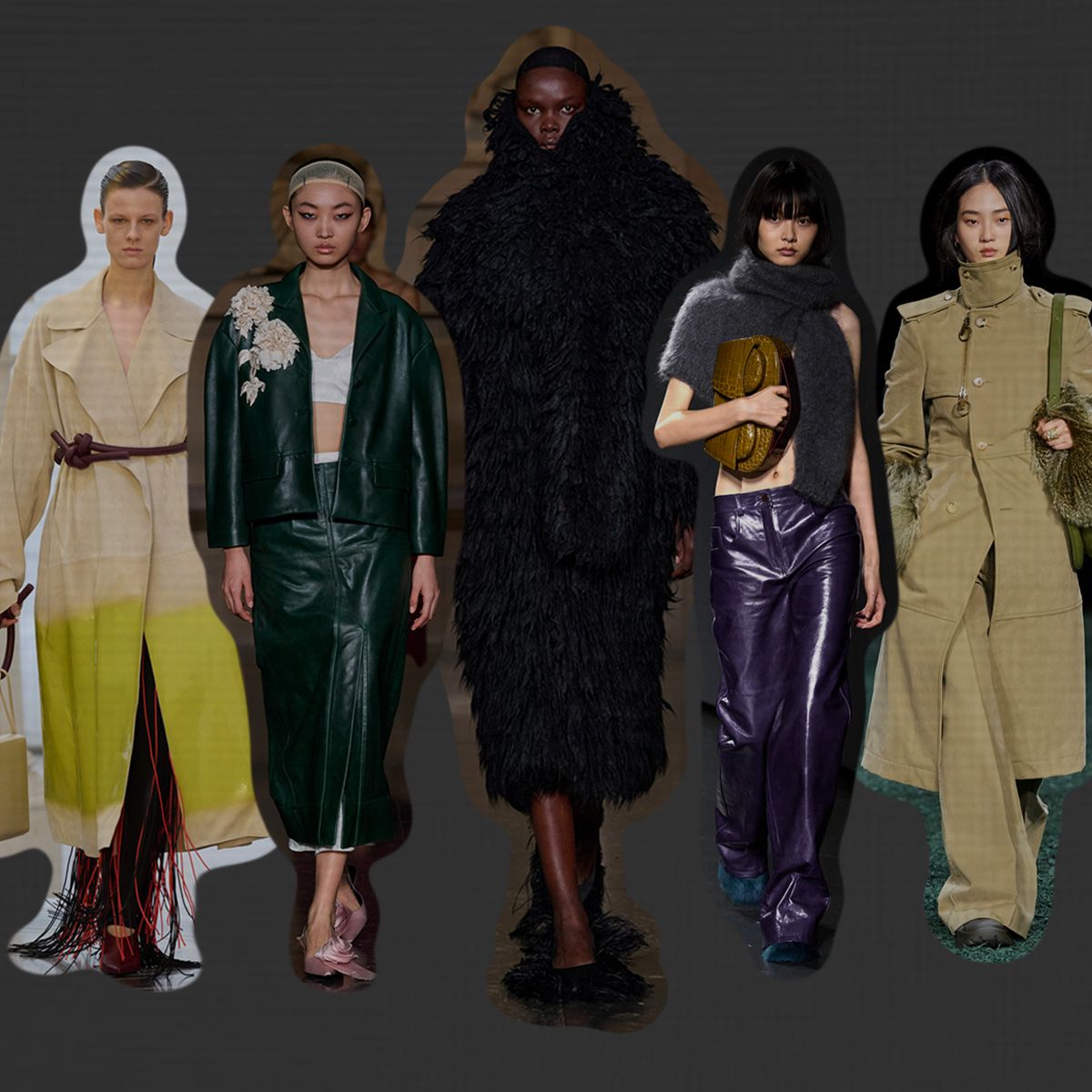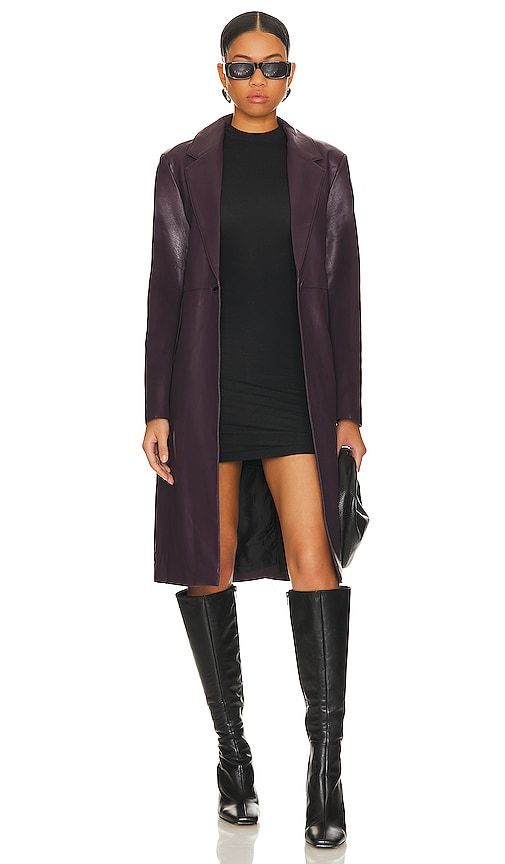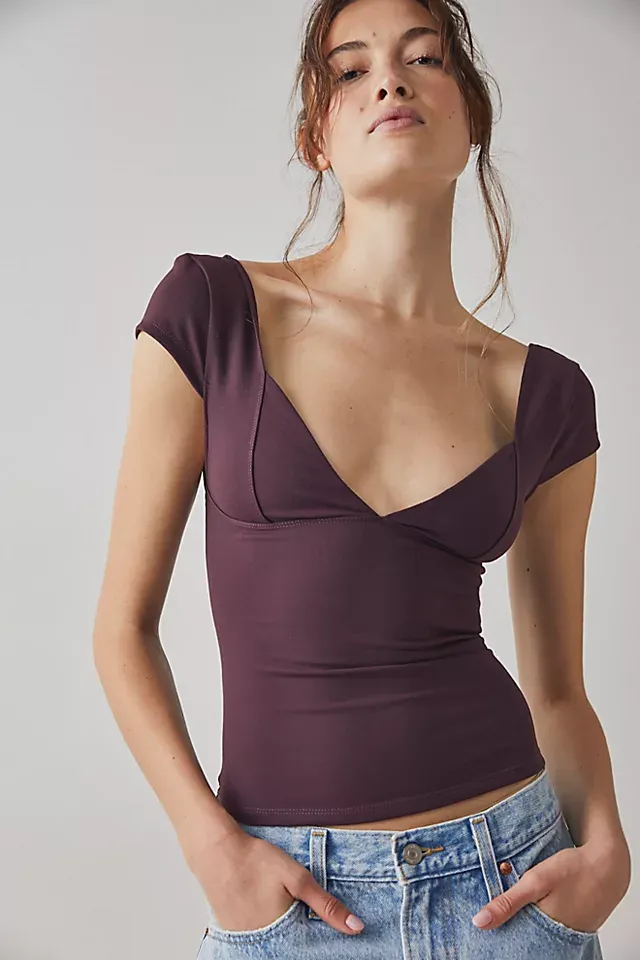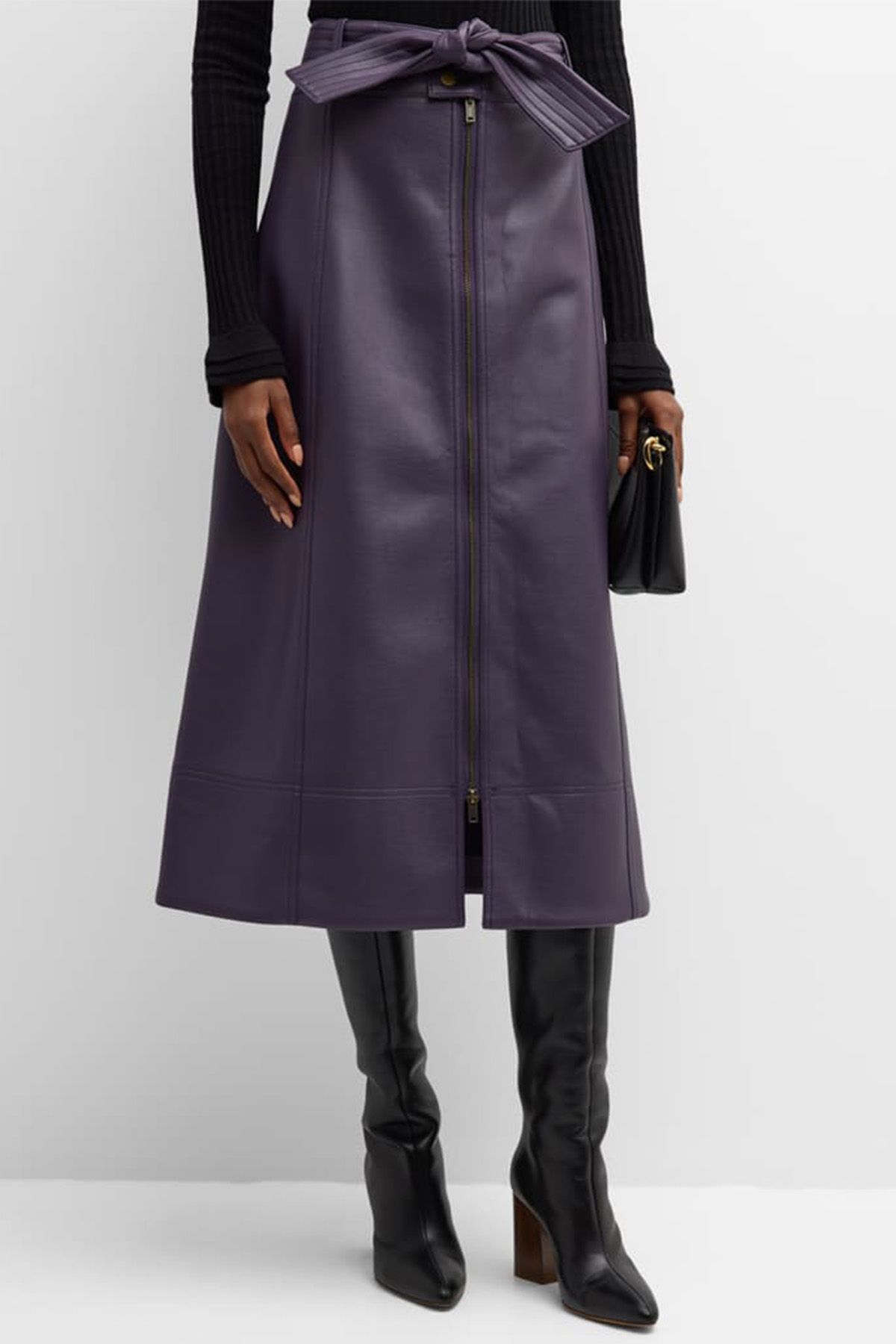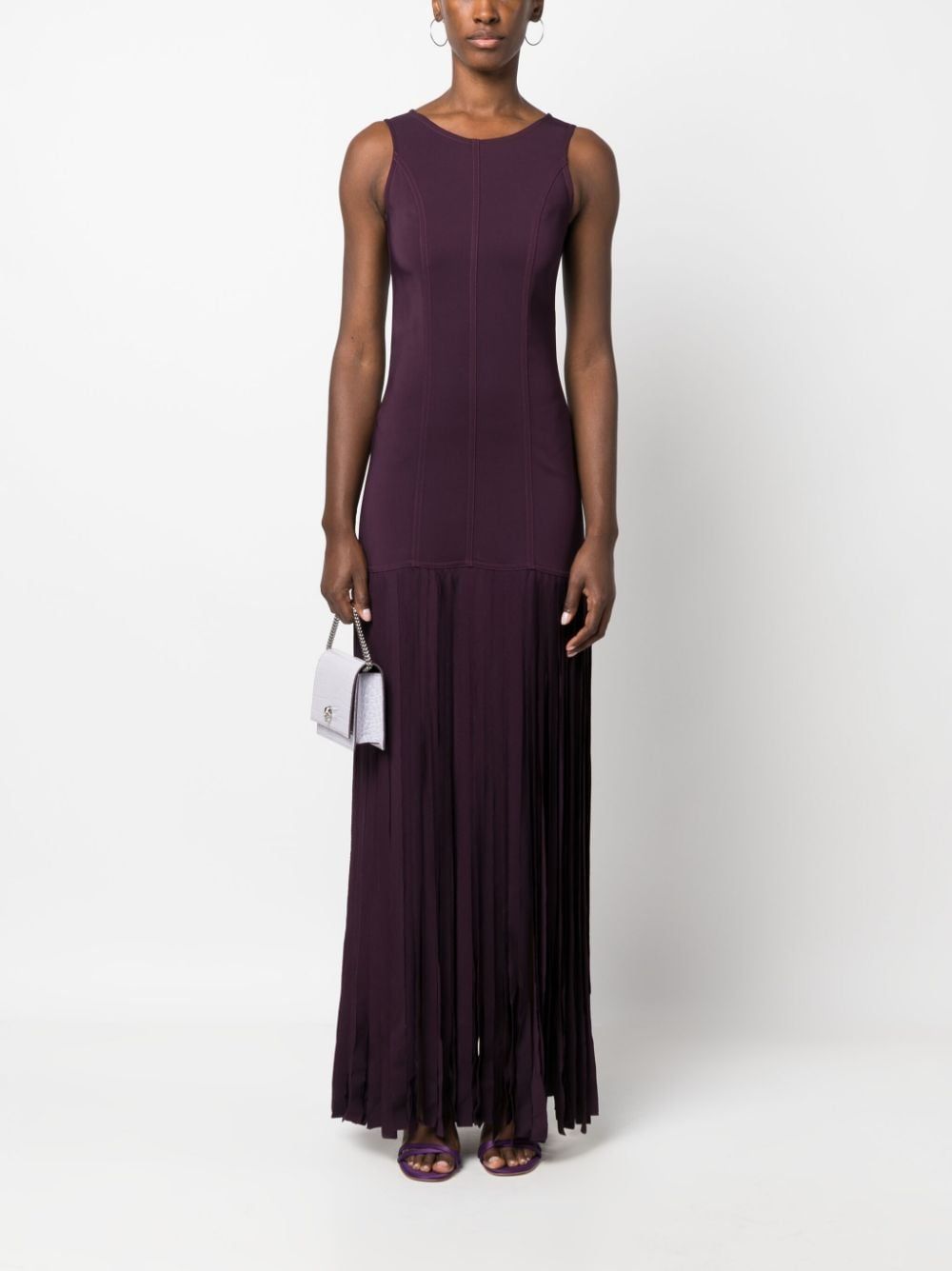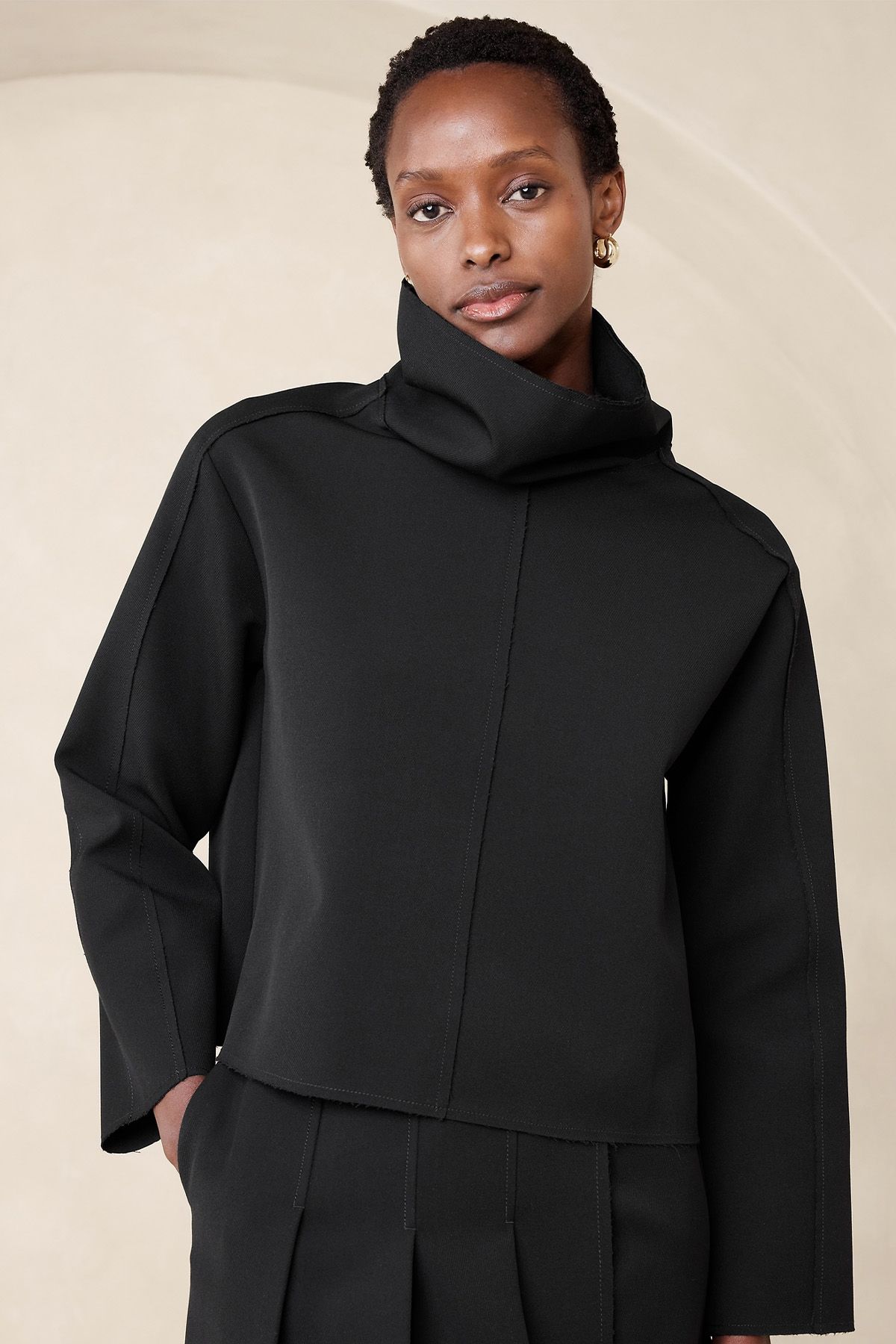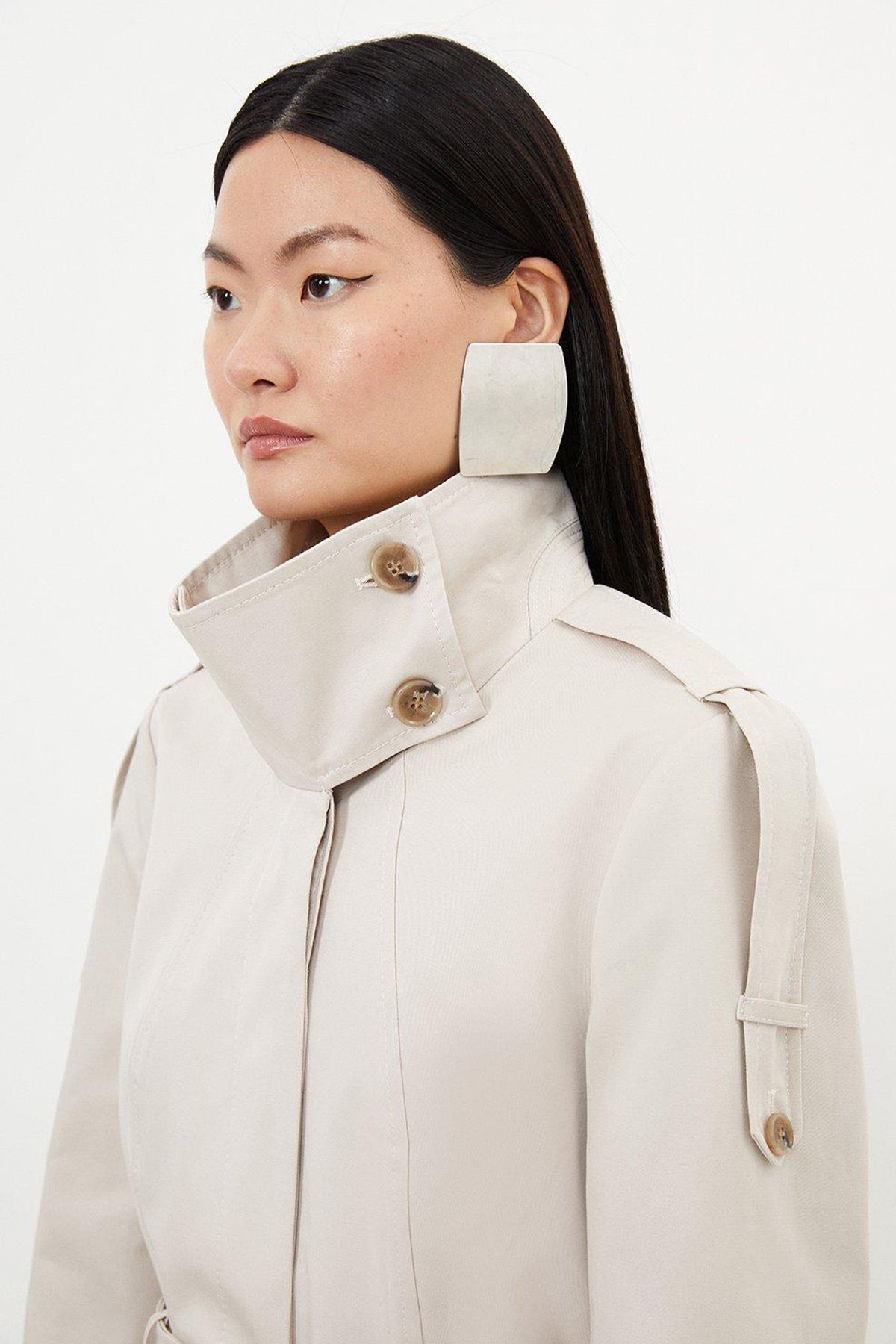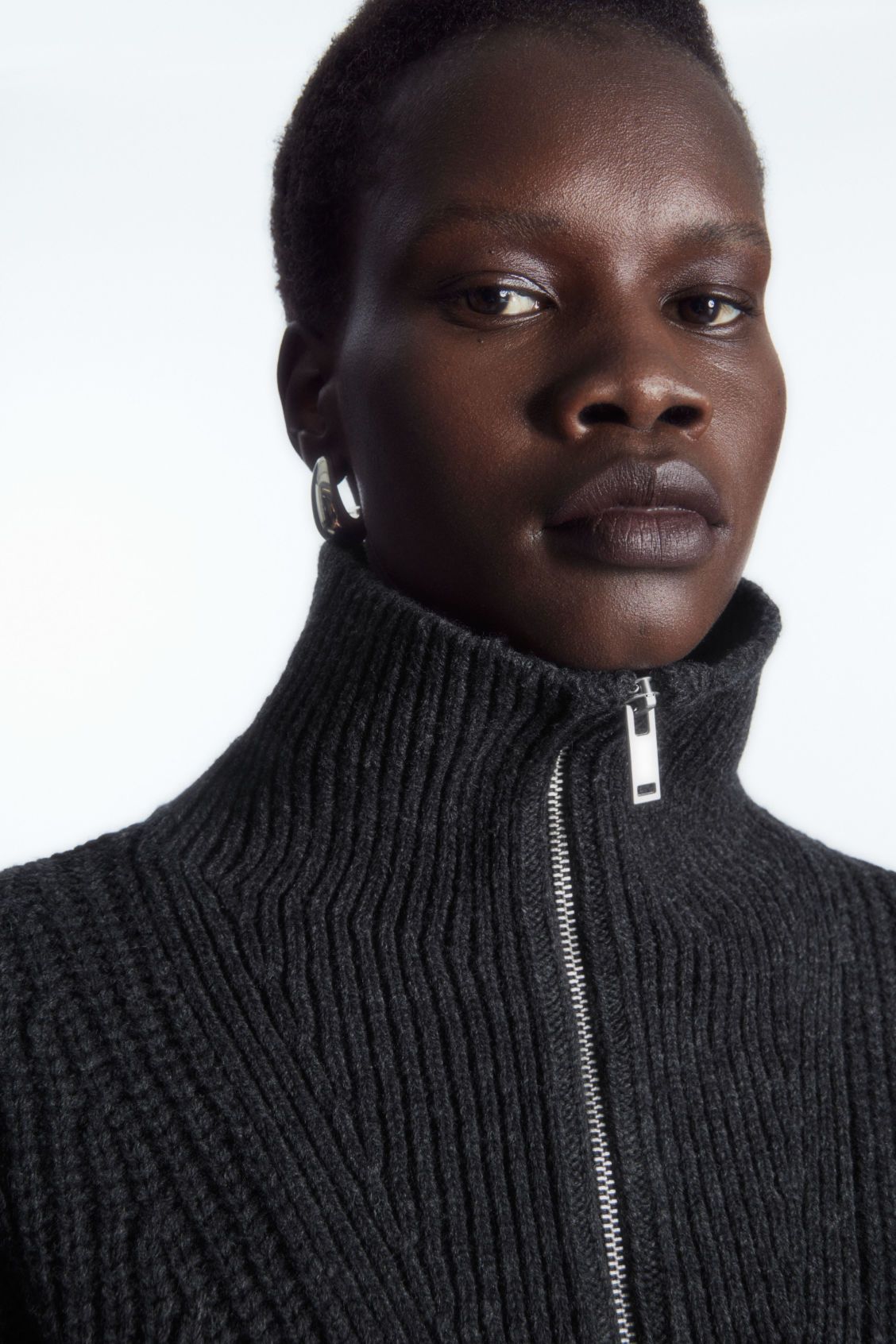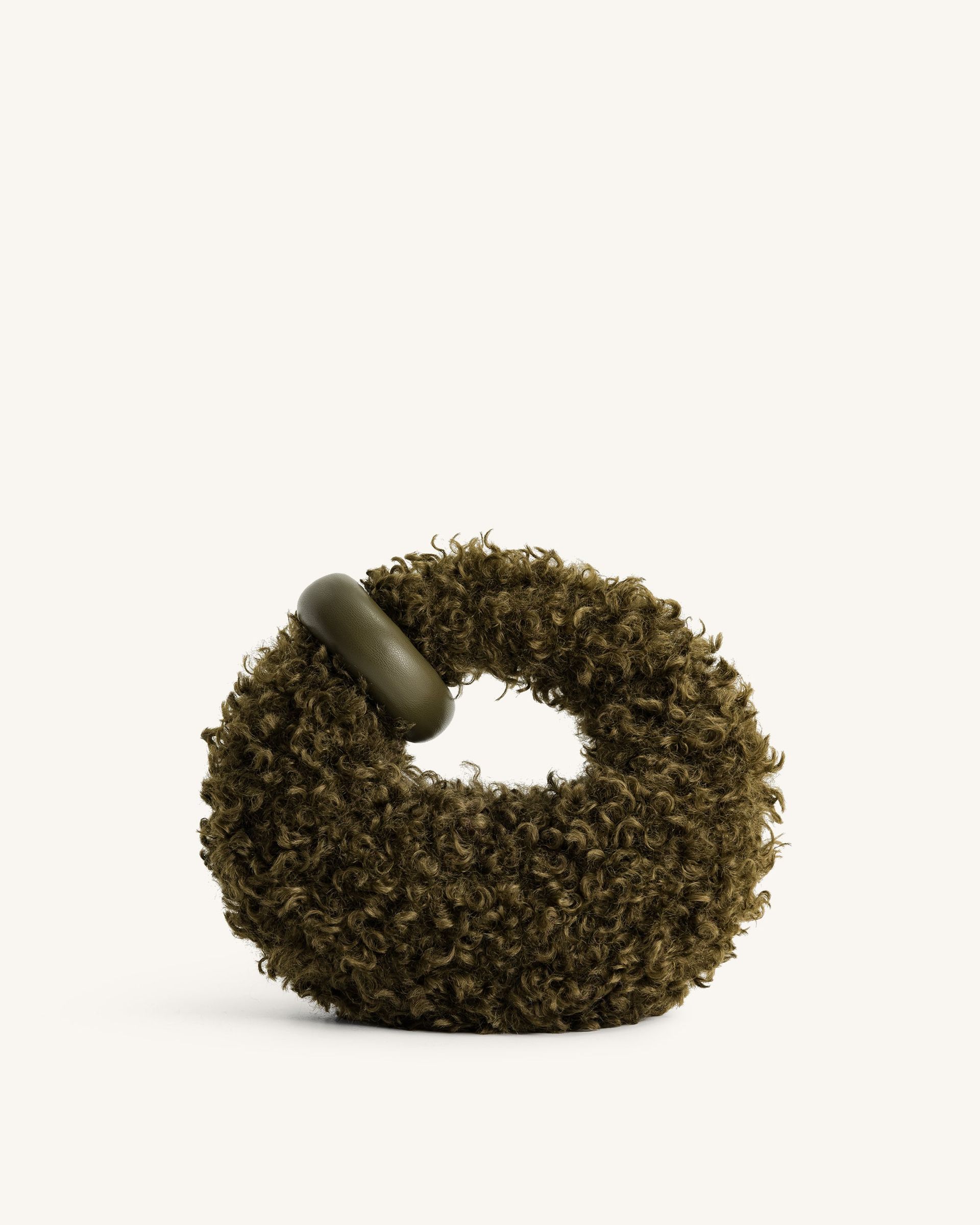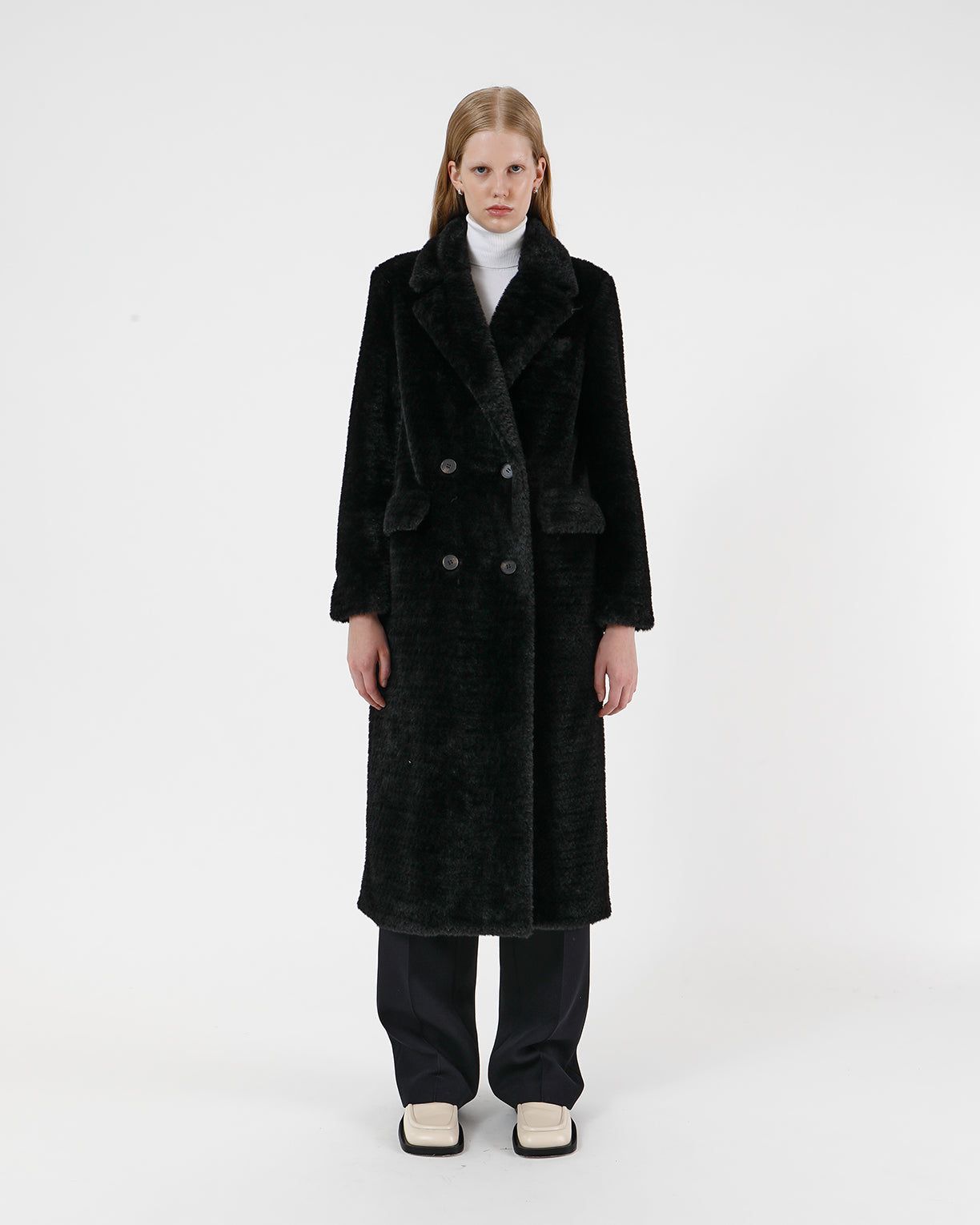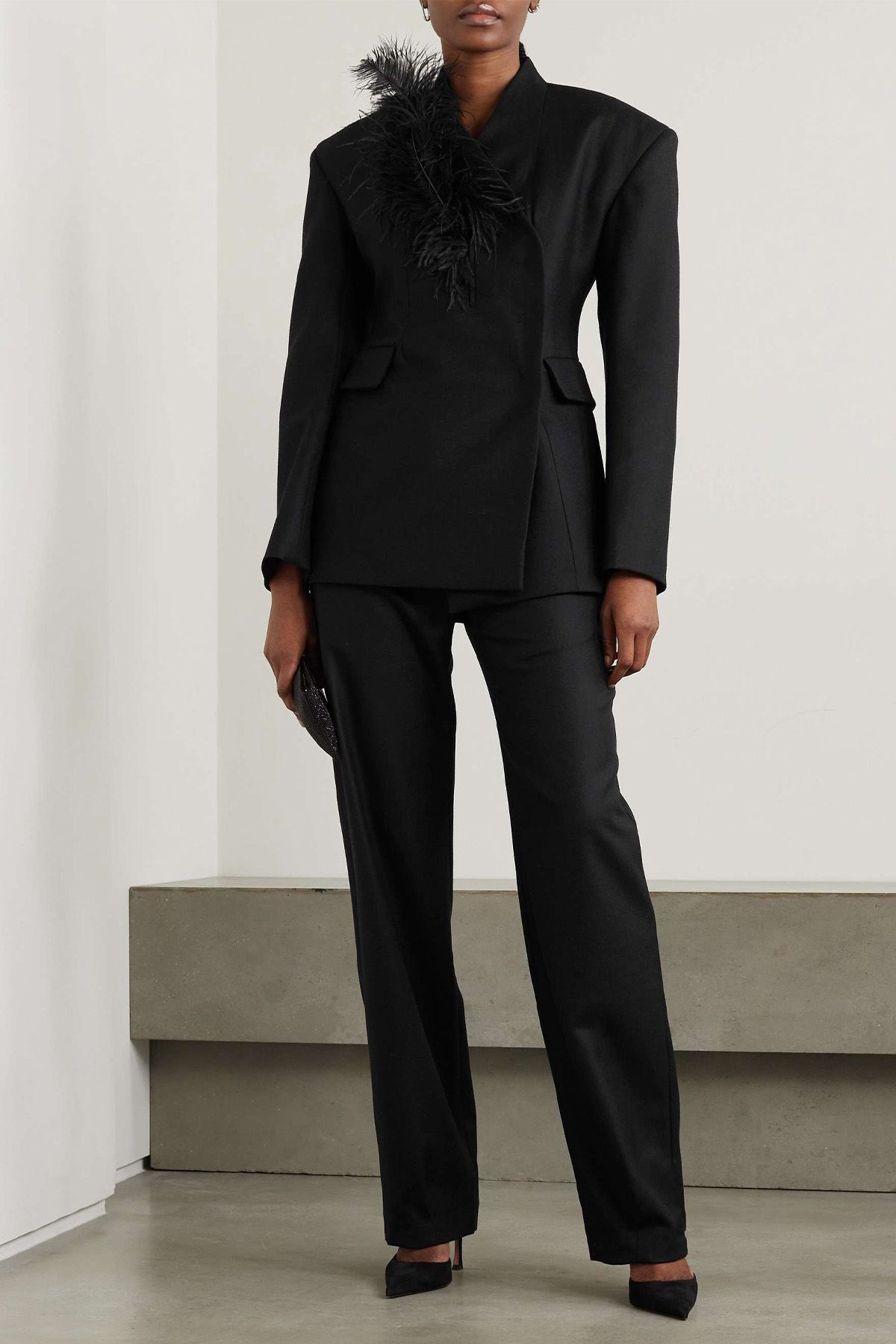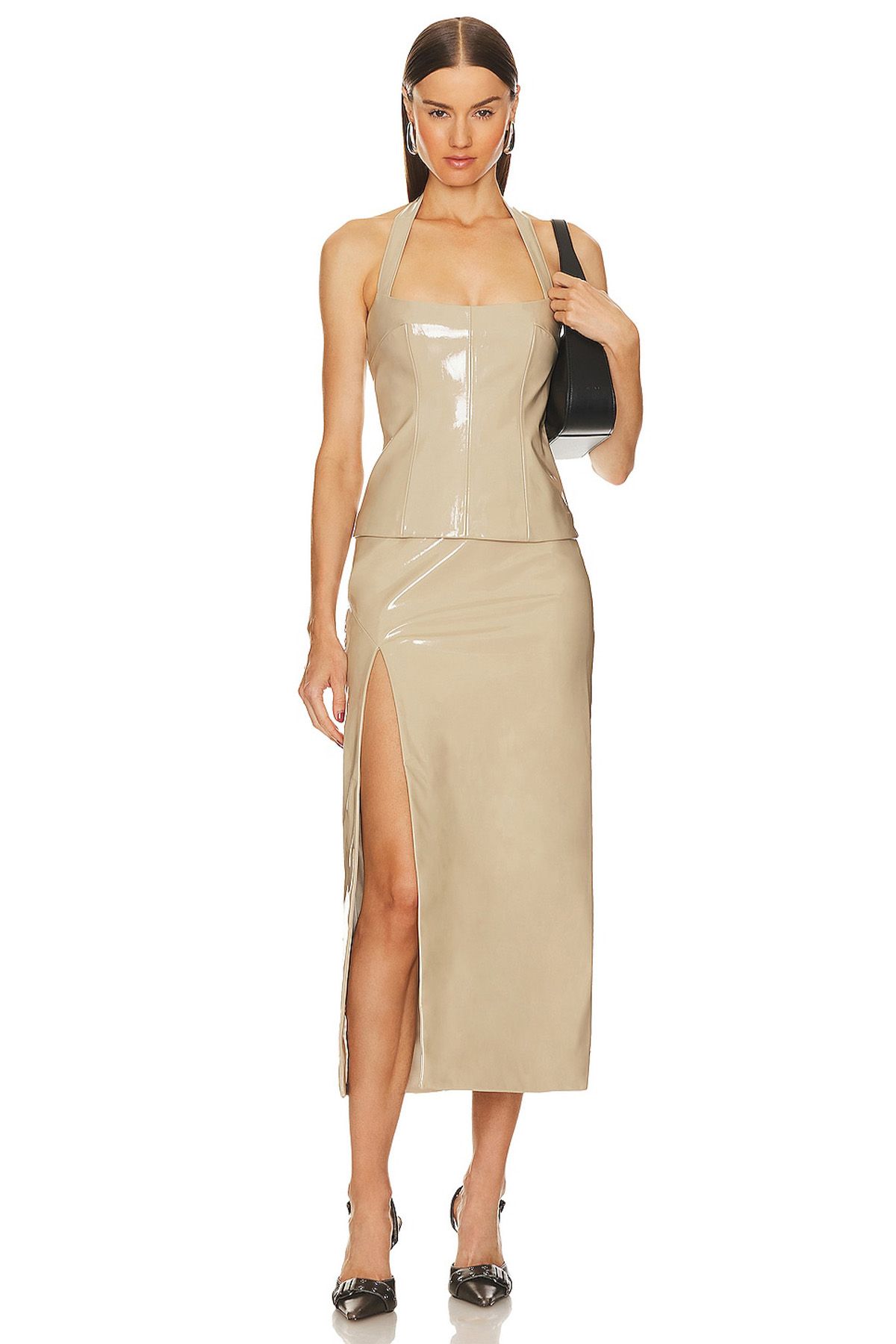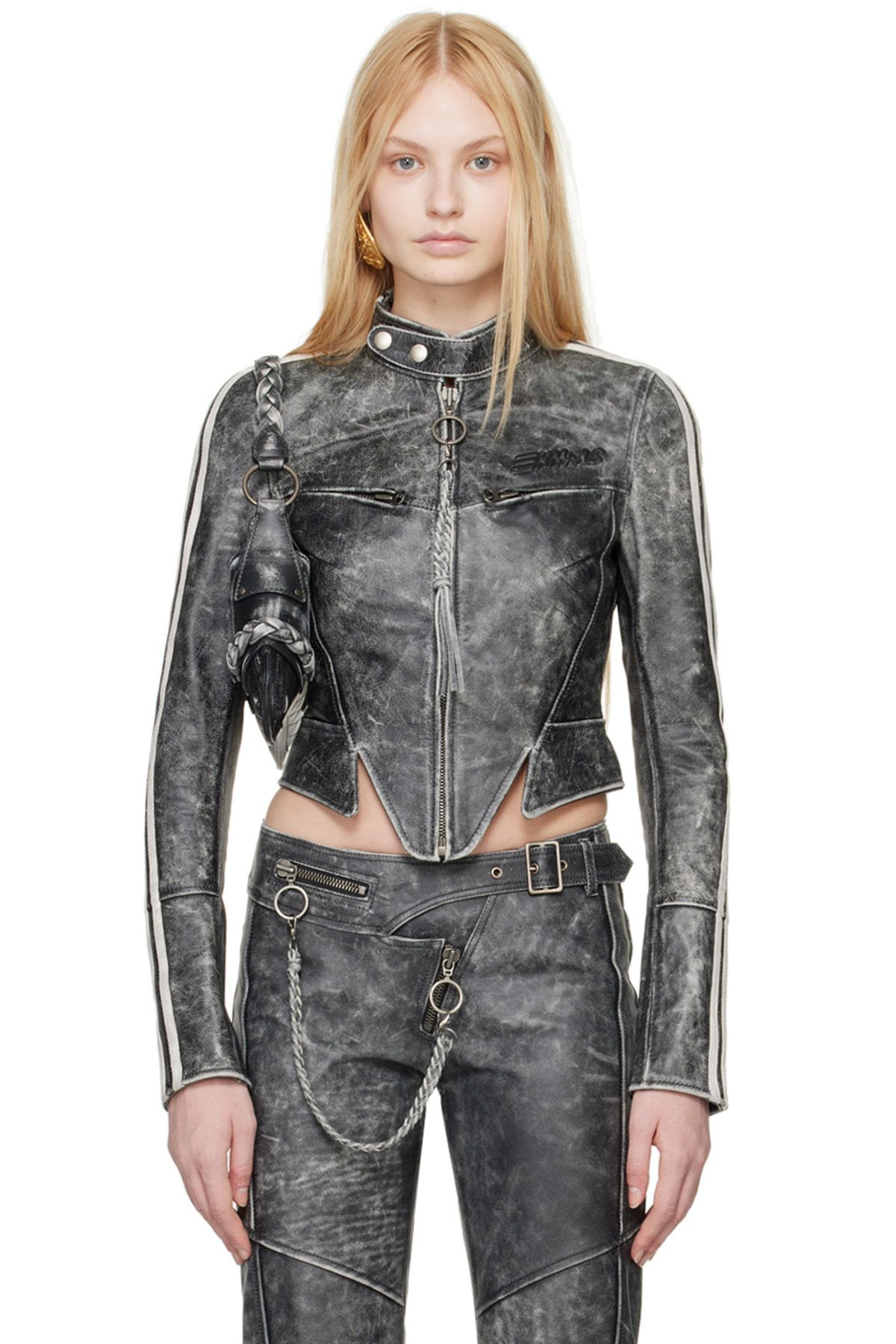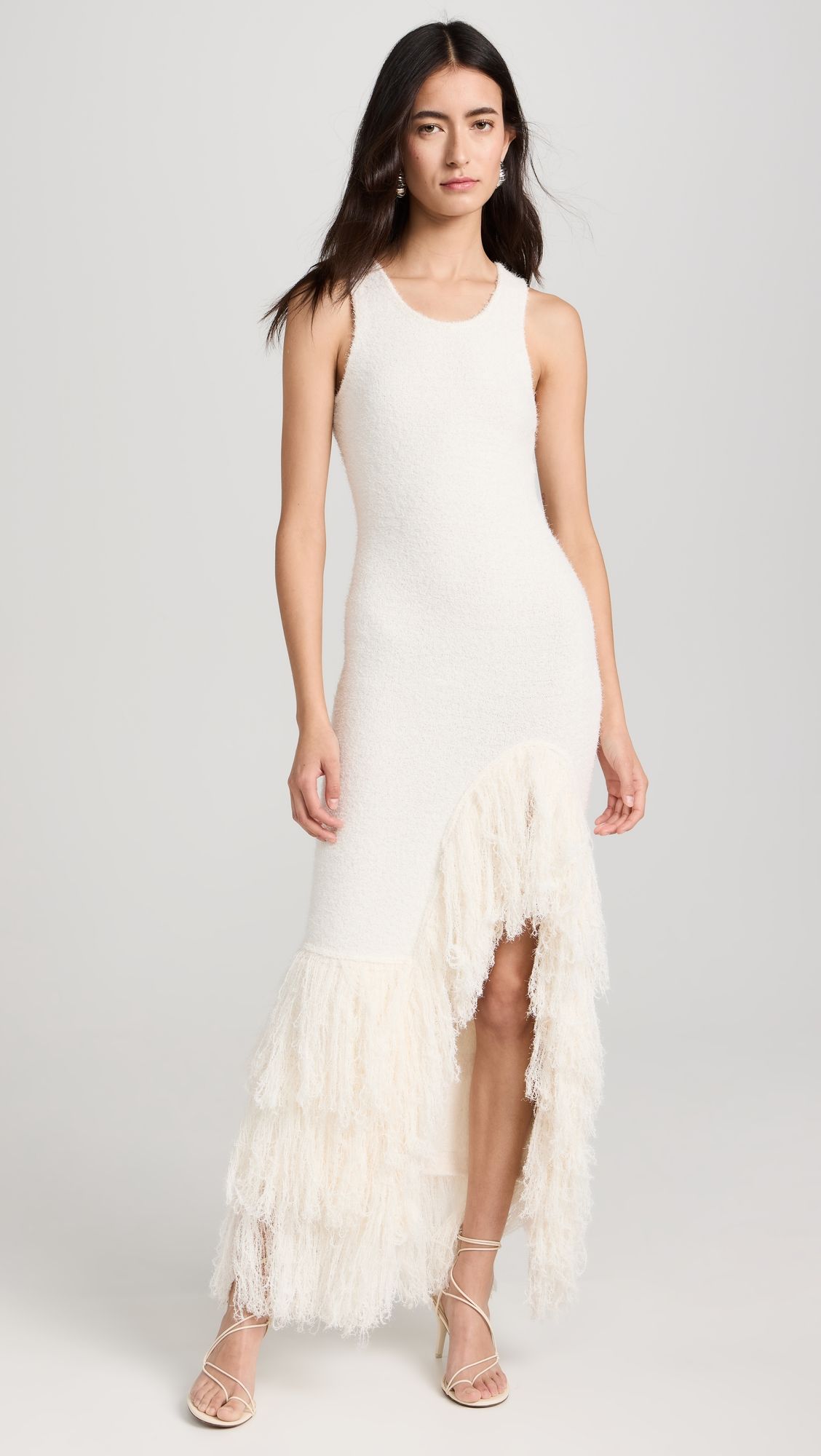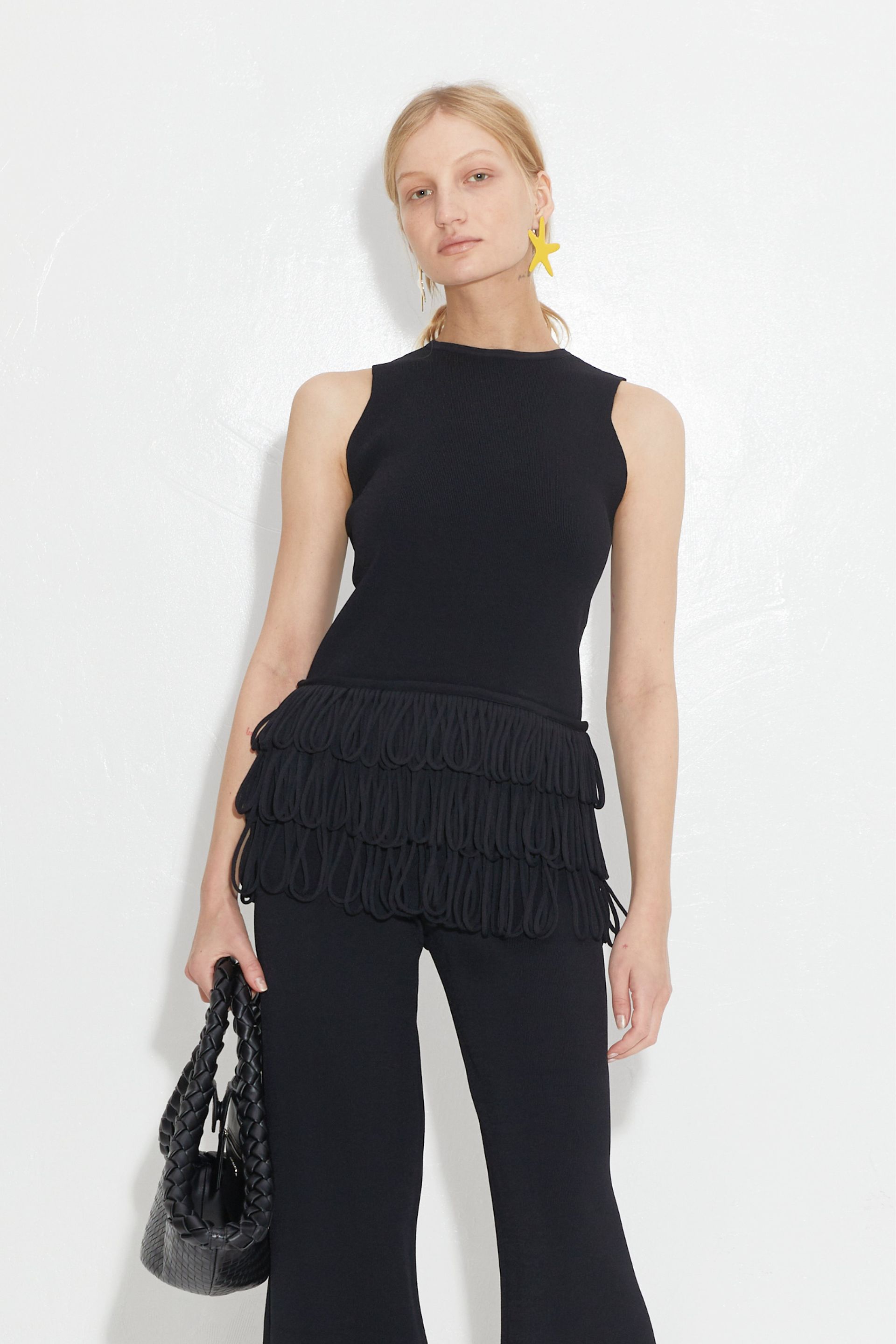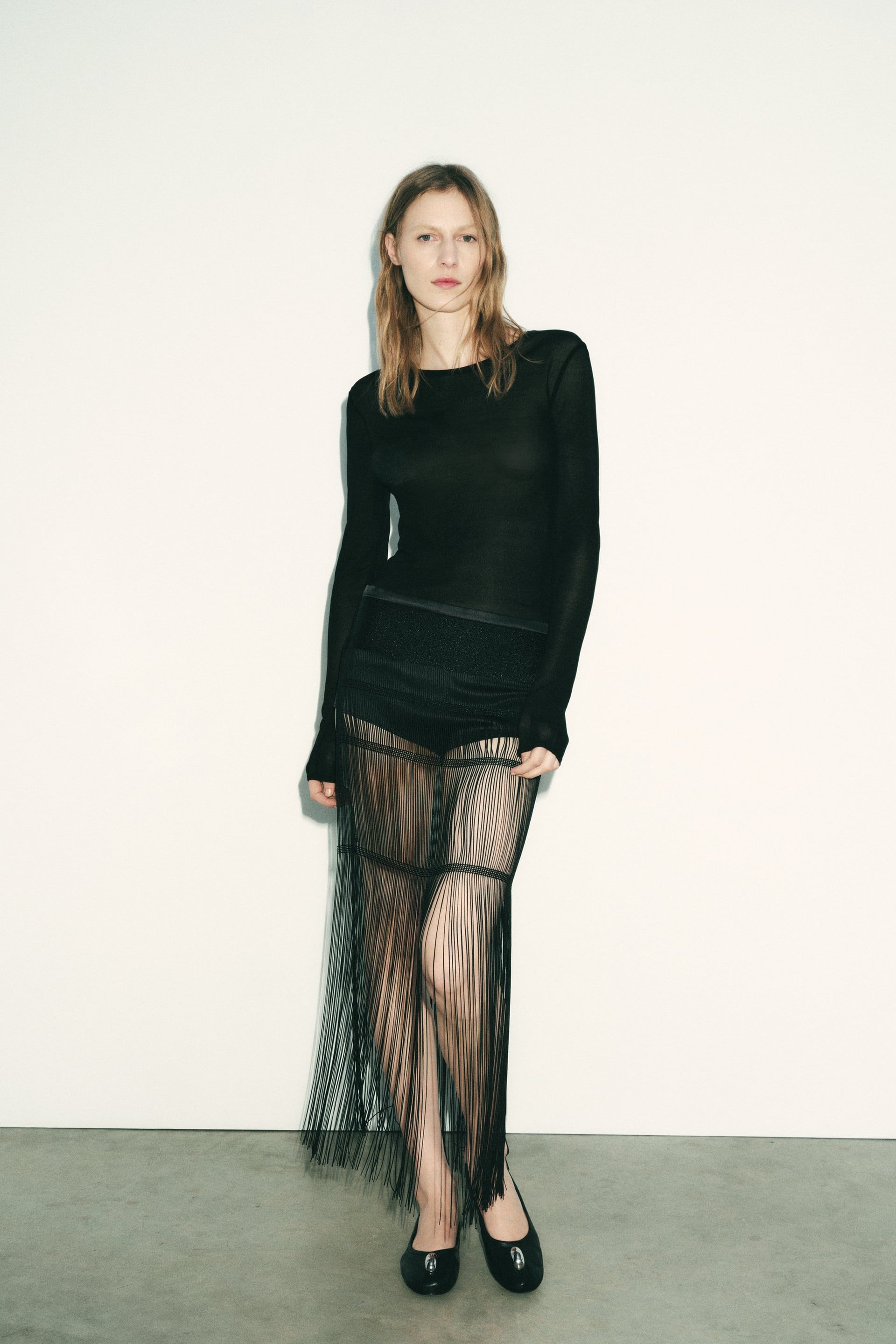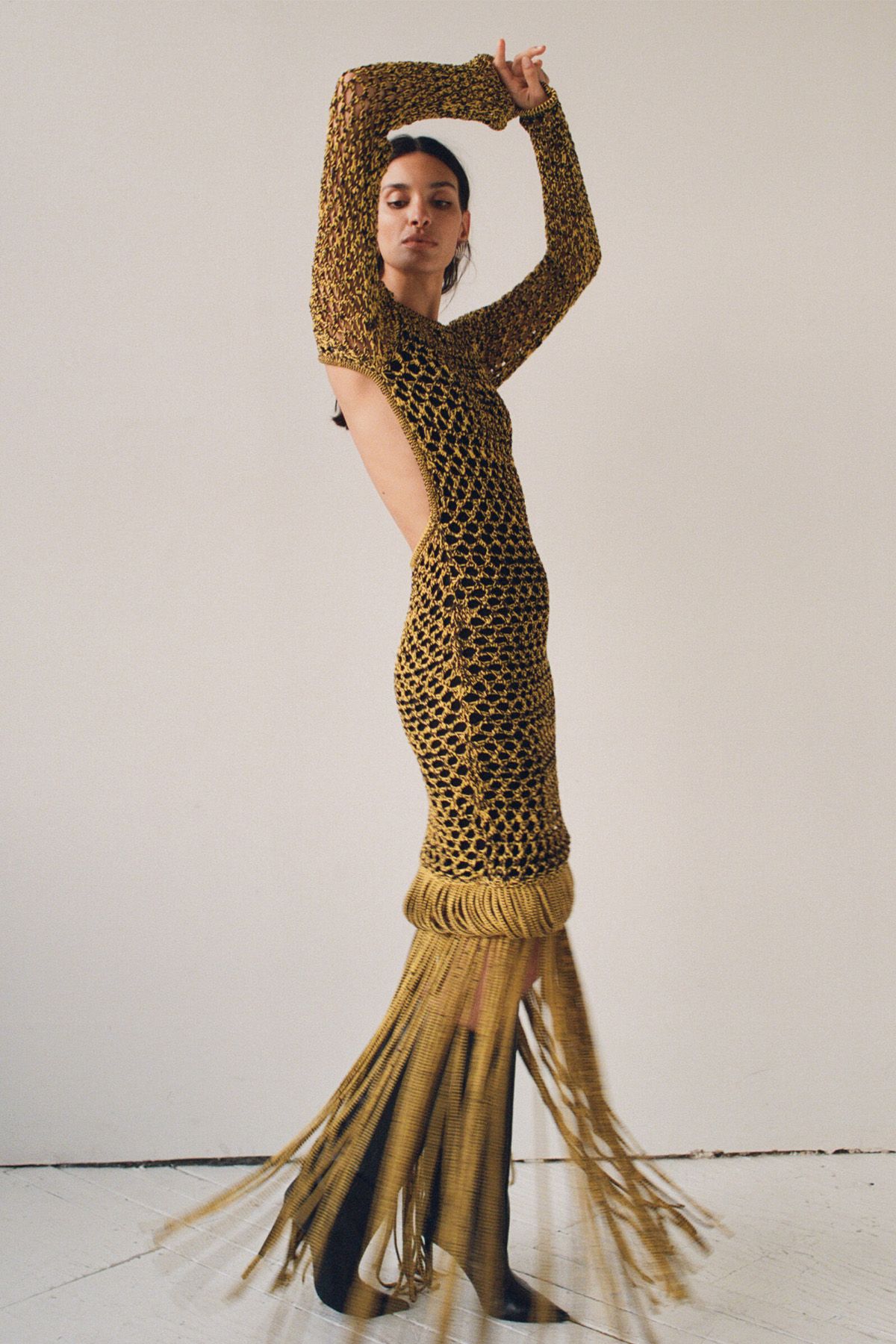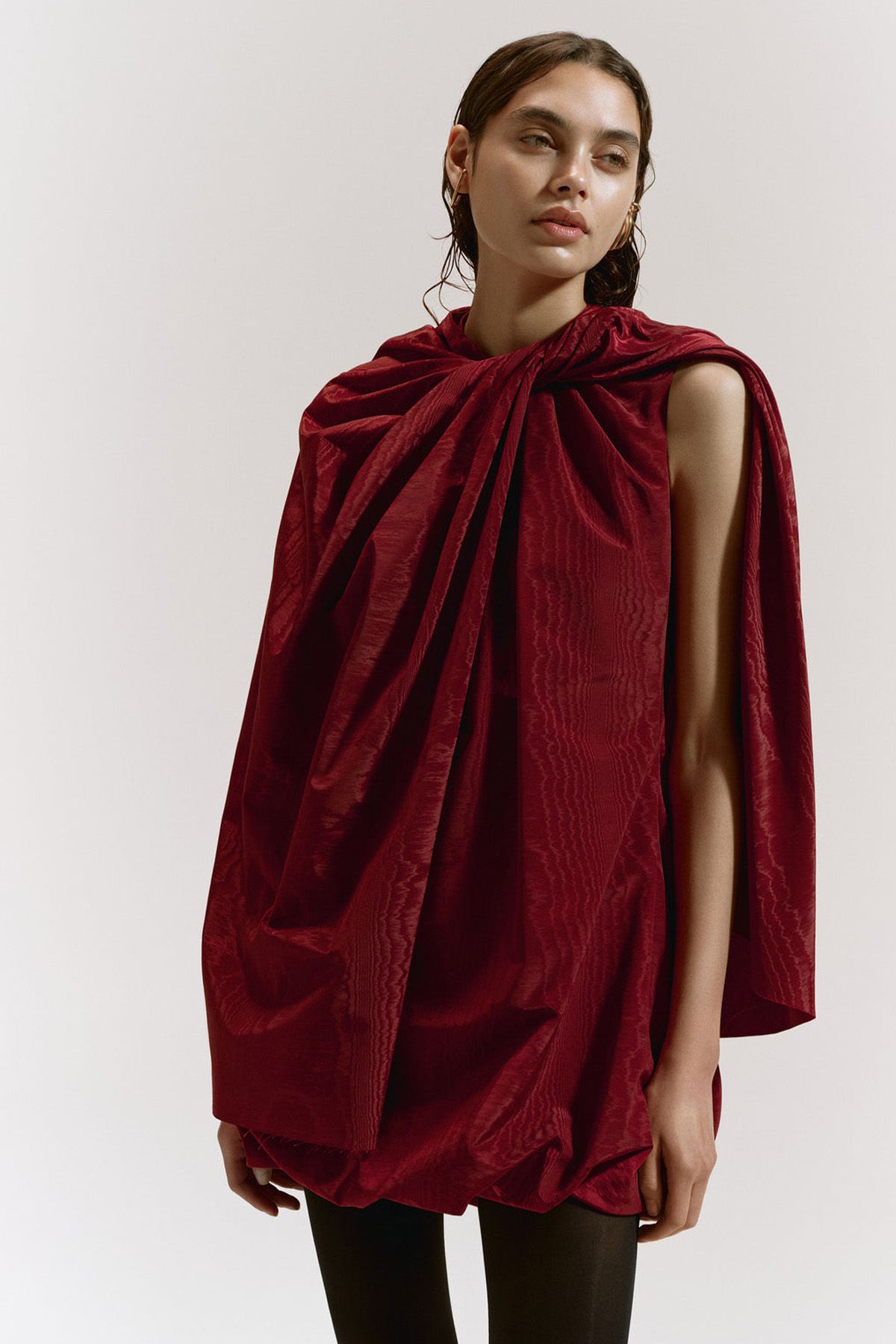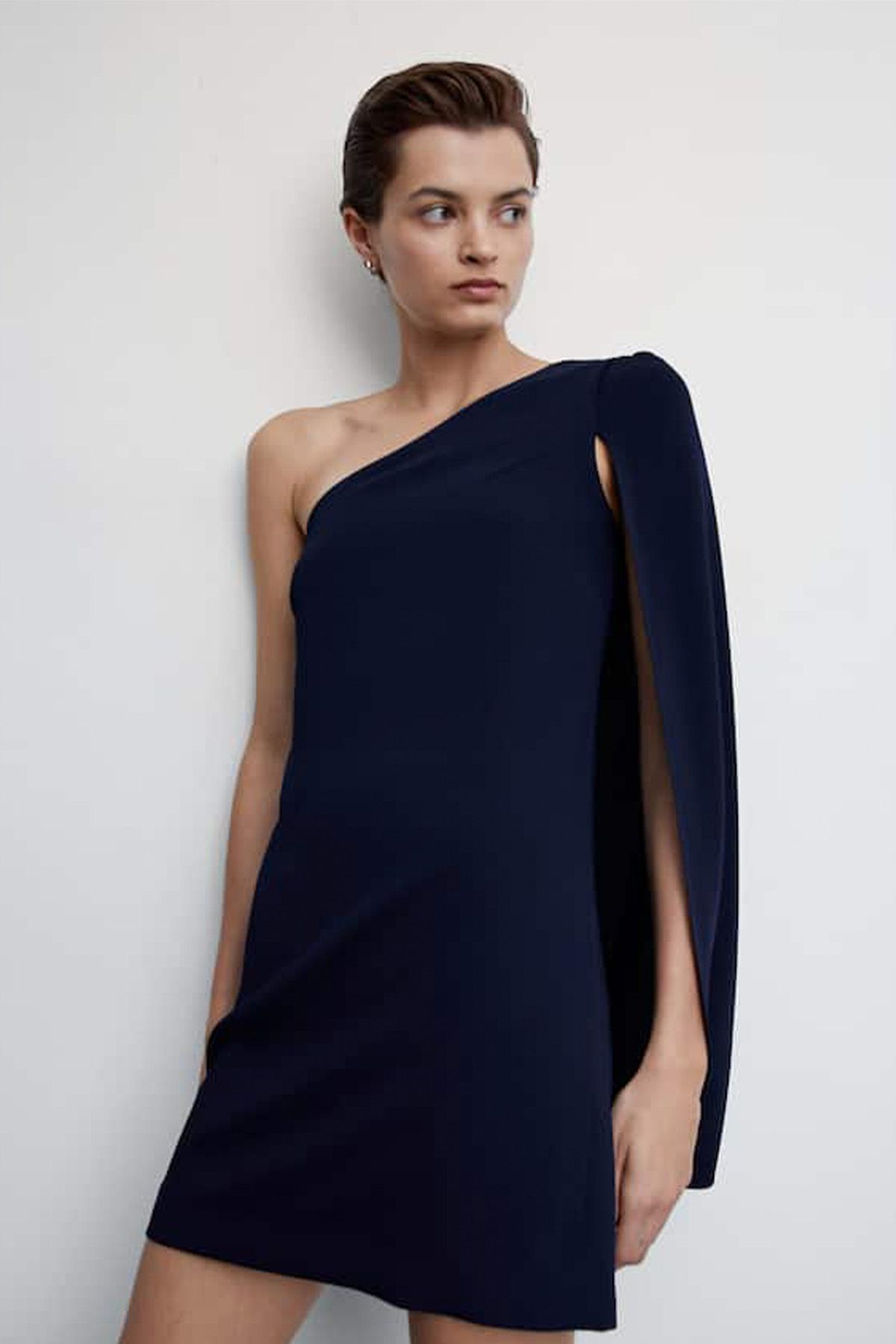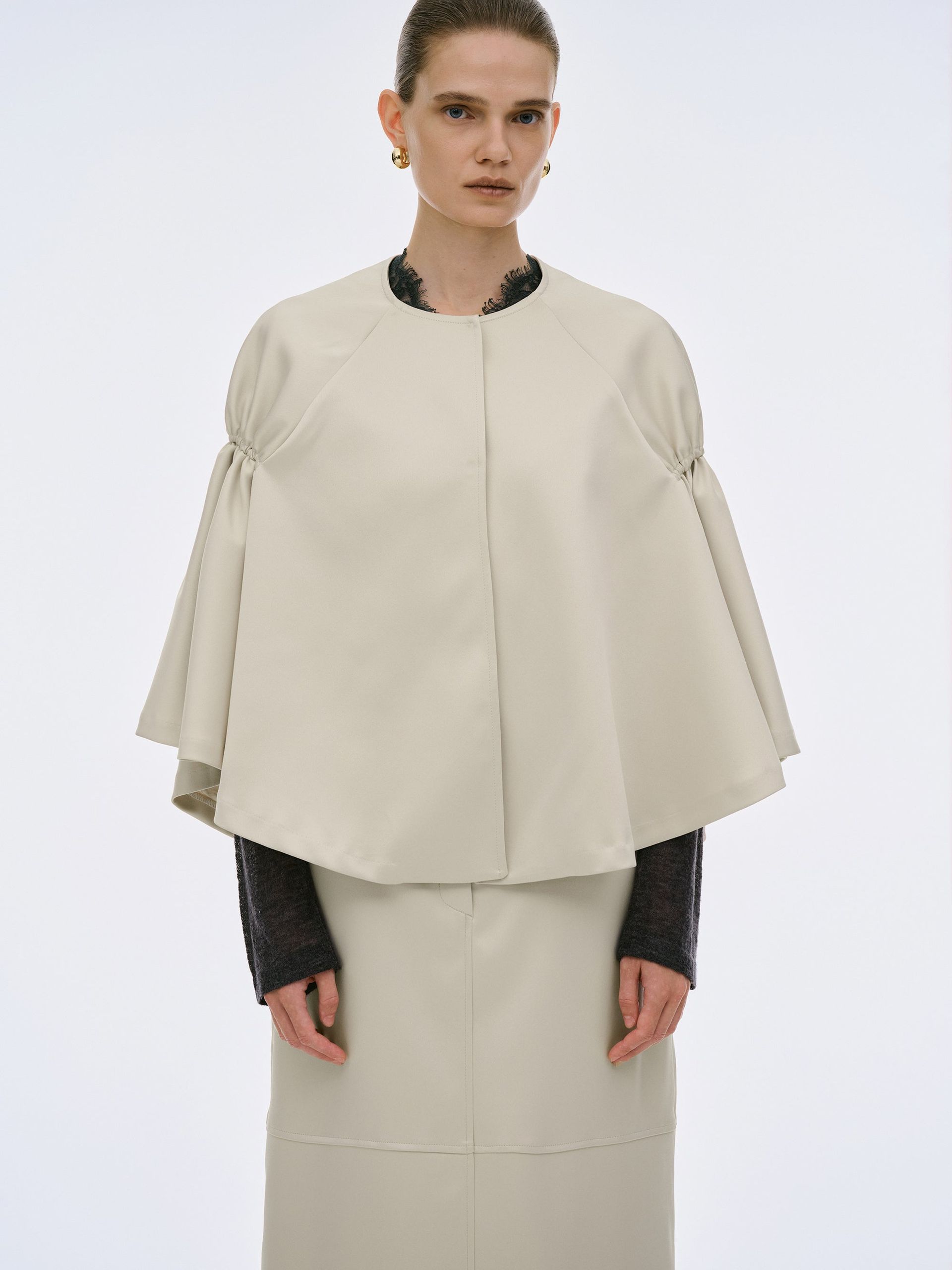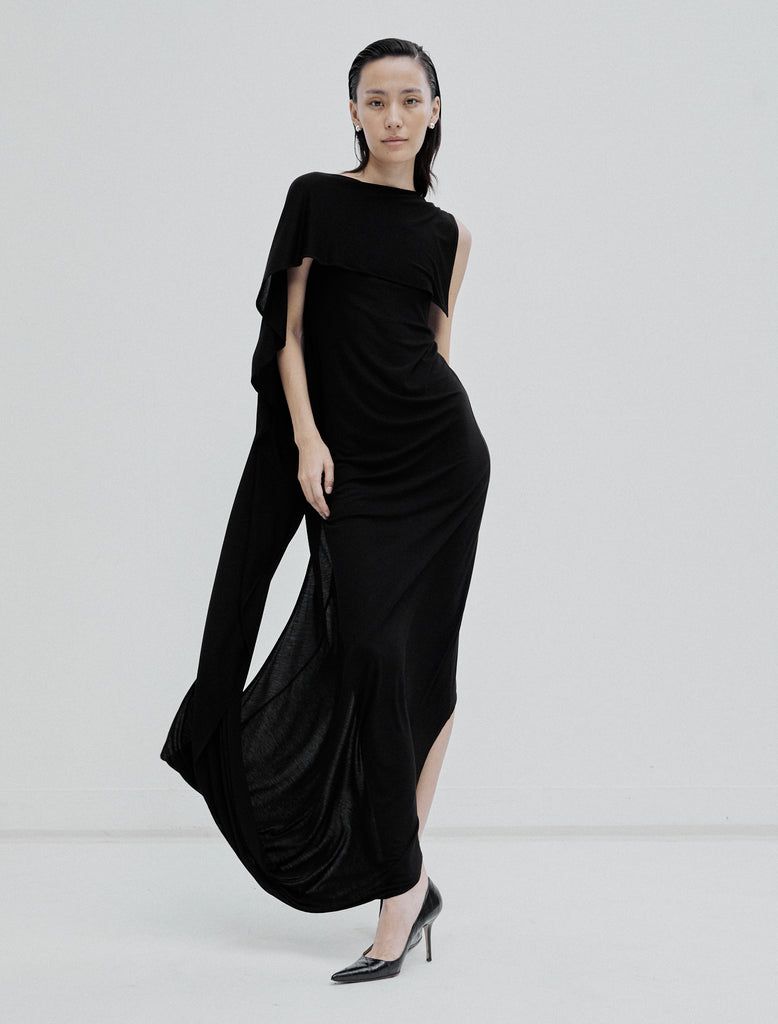Let’s be honest for a moment… everyone has one city that they feel intrinsically sets the blueprint for what will be significant in fashion. For some, that capital has, and always will be, New York. Others, obviously, love Paris. And then, some creatives can’t get enough of Copenhagen. While we’d never argue the influence these cities have, we’re impartial to one place across the pond: London. Remember that some of the most now influential designers started out as “new” creatives in London—e.g., JW Anderson, Kim Jones, Maximilian Davis, Grace Wales Bonner, and so on. For so many creatives in fashion, London Fashion Week has acted as a launching pad not just for their individual careers but for their creative perspectives to infiltrate the larger industry.
So naturally, when it comes to trying to get a pulse on what’s to come in fashion, looking to London is a non-negotiable. Of course, with so much happening in this community, it can be hard to keep up. Luckily for you, we’ve got you covered. In an effort to help you suss out what will be big by the end of the year, we delved into hundreds of runway looks from fall/winter 2024 collections to identify the six biggest trends from London Fashion Week. Considering trends from previous spring collections, what’s happening in the street-style scene, and noteworthy talent, we compiled a list of trends that will surely be everywhere in the next six months. London doesn’t have to be your “chosen” city, but you better believe it’s influencing the clothing that will be cool come fall.
1. Elegant Eggplant

(Image credit: Launchmetrics Spotlight; PICTURED: 16Arlington; Burberry; Aaron Esh)
If you’ve kept up with recent trends, you’ve likely already clocked how rich oxblood reds made their comeback in S/S 24 collections. While we did see that color carry over into fall shows, another tint indicated how the trend would evolve in the next six months: eggplant. Anyone adept in color theory can attest to the fact that most shades of purple are comprised of red, so the transition from black cherry to eggplant being the next color of the season isn’t too much of a stretch. Especially when you consider how embracing the color was made effortless, thanks to how British designers applied it to everyday essentials.
For example, low-slung leather pants came in a shiny patent leather eggplant purple color styled with a charcoal gray sweater and crocodile bag in 16Arlington’s F/W 23 collections. Similarly, Burberry’s classic trench coat was made even more drool-worthy by being fashioned from decadent purple leather with matching faux fur trim. And then, there was Aaron Esh’s collection, which featured a dark plum turtleneck sweater styled with a matching maxi skirt and long scarf. Each look was proof of the shades’ innate elegance.
Shop the trend:
2. Fabulous Funnel Necks
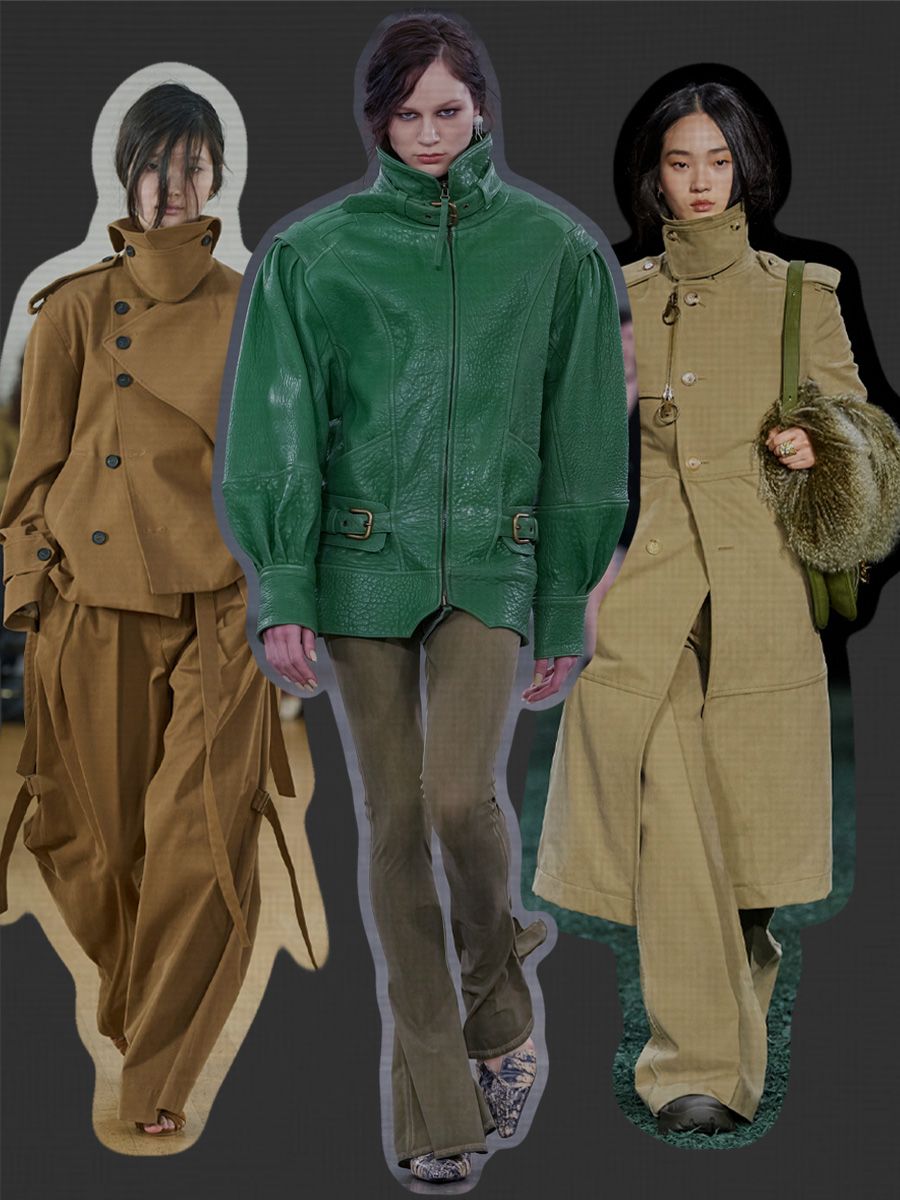
(Image credit: Launchmetric Spotlight; PICTURED: Eudon Choi; KNWLS; Burberry)
Humour us a minute by thinking about last fall’s collections: what do you remember about them? Chances are you might recall how coats with built-in scarves wrapped around the neck captivated our attention because of their innate fabulousness. Well, we’ve entered the next era of high necklines through the wide embrace of one specific silhouette: funnel necks. Found throughout F/W 24 collections, this trend is characterized by a neckline that features a typically rigid material that stands upright around the neck. Although the trend can be applied to almost any type of ready-to-wear piece, London leaned heavily into using this neckline to upgrade classic outwear.
For example, Daniel Lee of Burberry transformed the house’s quintessential trench into an adaptable coat with a funnel neck and faux fur trim. At the same time, we saw the trench reworked in Eudon Choi’s collection by coming in a cropped silhouette with an asymmetrical lapel and dramatic funnel collar. But it wasn’t just trench coats that featured this neckline, as we saw it adapted to almost everything, including a green-leather jacket with a funnel neck and slim waist at KNWLS. Much like last season’s “security blanket” silhouettes, this neckline shape imbues the same level of sophistication (with a bit more structure).
Shop the trend:
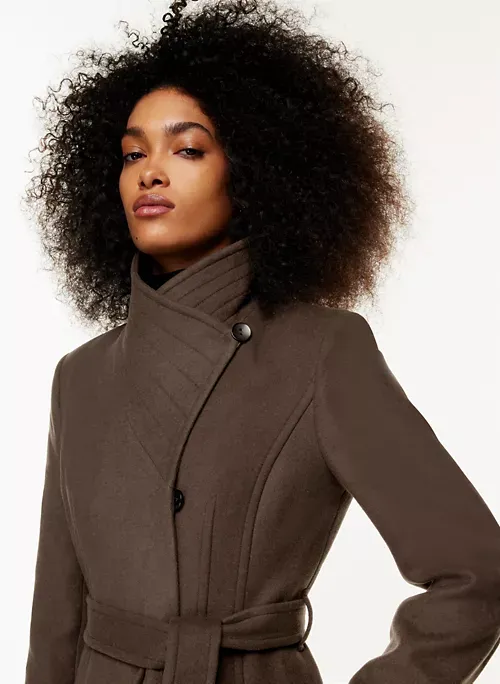
Aritzia
Babaton The Connor Coat
You can shop this coat in seven other colorways, including gray, navy and almond.
3. In Our Feels
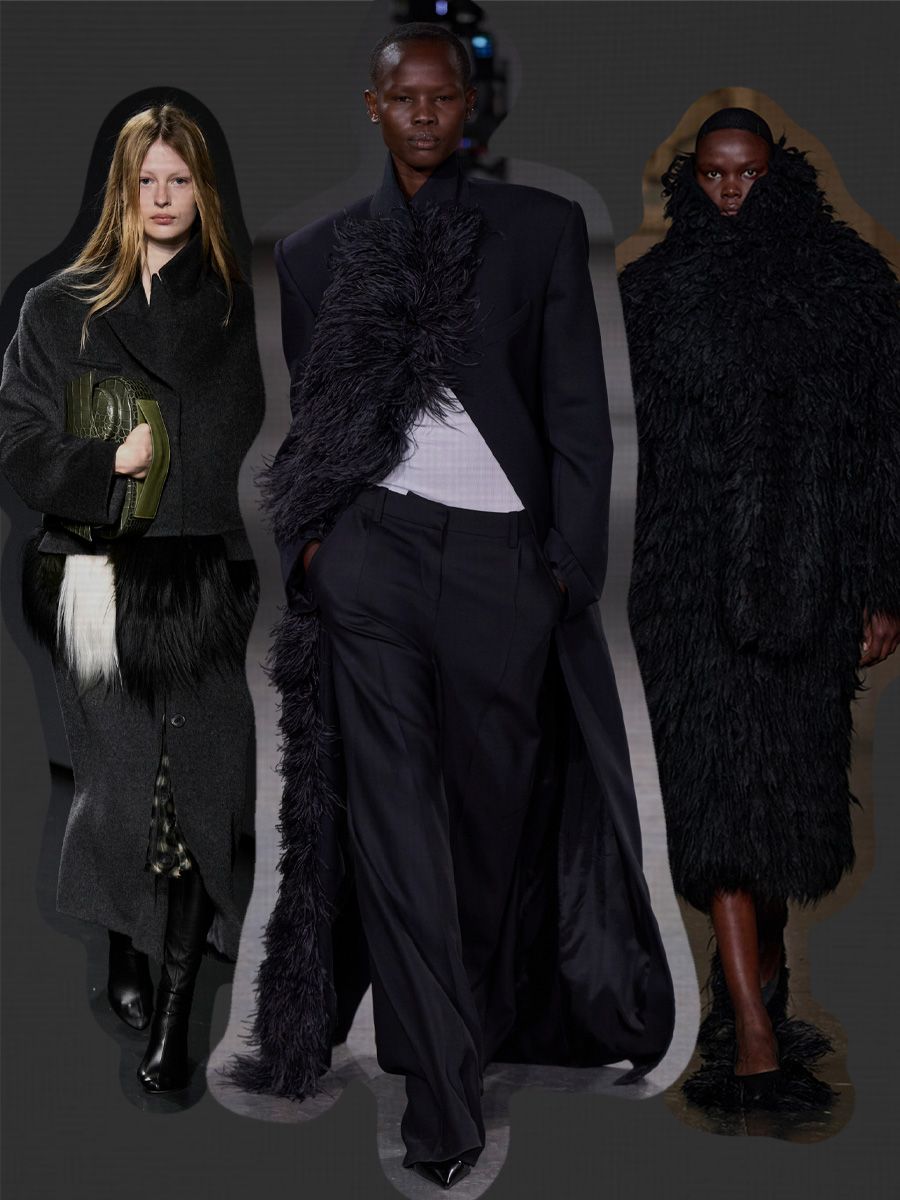
(Image credit: Launchmetrics Spotlight; PICTURED: 16Arlington; David Koma; Erdem)
As we previously reported, texture was a continuous theme among designers in last fall’s collections; it seems this season was no different. Fashion has entered the era of being “In Our Feels” because, across various F/W 24 collections, the emotional impetus was using textiles to add depth to otherwise traditional silhouettes. That was super apparent in showings during London Fashion Week, as we saw designers embrace materials that made us want to reach out and touch them, including faux fur and feathers. With the latter, we saw designers dial back the over-the-top feather looks of the past to be a bit more elevated in their approach. For instance, rather than looks being covered in the textile, tailored longline coats were adorned on one lapel with feathers at David Koma.
That more subdued approach to incorporating fuzzy fabrics wasn’t just applied to feathers, though, as we saw it also applied to faux fur, too. As an illustration, refer to 16Arlington’s collection, in which a slate gray wool coat was adorned with white and black fur trim around the pockets. Or the other various examples of fur trim at Burberry and Simone Rocha. While we did see a lot of soft textures incorporated in small ways this season, that didn’t stop some designers from diving fully into their feels—look to jet-black shaggy fur coat with matching shoes at Erdem as proof. If we’ve learned anything from London this season, it’s that living the “soft life” has never been more stylish.
Shop the trend:
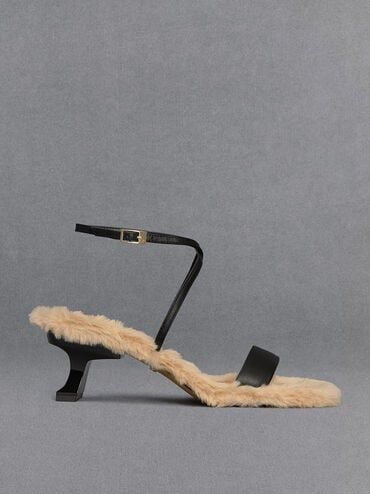
Charles & Keith
Leather Fur-Lined Ankle-Strap Heeled Sandals
Furry footwear is the perfect way to dip your toes into this trend.
4. Lessons in Dualities
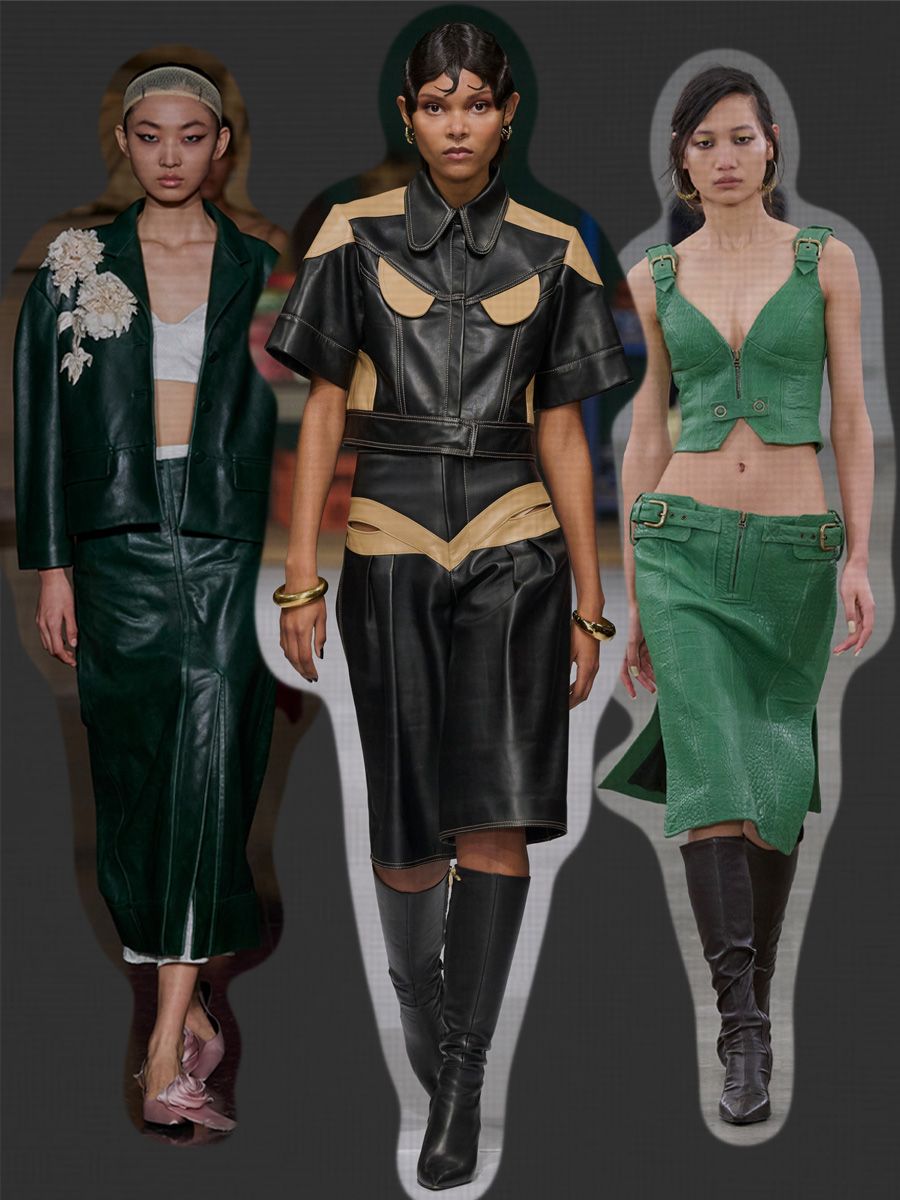
(Image credit: Launchmetrics Spotlight; PICTURED: Erdem; Tolu Coker; KNWLS)
Not to sound like a broken record, but textiles played a prominent role in F/W 24 collections, including the usage of leather. Although the material may not feel “brand new” because of its outsized presence last season, British designers gave it a new life through silhouettes and storytelling. With the former, the most apparent way that leather was animated was by adopting matching sets over leather separates. The throughline for this approach for designers seemed to be that leather sets walked that fine line between informality and formality, traditional and typical, or what Erdem’s show notes referred to as the “thin realm between dressed and undressed.” That ethos was embodied particularly in their collection in the form of a runway look, featuring a forest green leather blazer adorned with a floral appliqué styled with a white bra top, matching pencil skirt, and satin pink heels.
But it wasn’t just Erdem’s collection that played with this idea of duality; so did the British-Nigerian designer Tolu Coker. Coker explained in their fall collection’s show notes, “Sustainability isn’t one dimensional…I love to look at the garments that sit in the category of ‘waste’ and breathe life into them.” This was reflected in how the collection championed recycled leather to create matching sets, including a two-tone black and tan jacket with matching cut-out Bermuda shorts. Breathing new life into this textile was embodied in styling, recycling, and, most importantly, the style of the pieces themselves, which were modernized in collections such as KNWLS—e.g., a corset came in a sea green leather styled with a matching low-slung buckle skirt. The overall result was a series of looks illuminating how multifaceted this material can be when a new outlook on life (or leather, at the very least) is adopted.
Shop the trend:
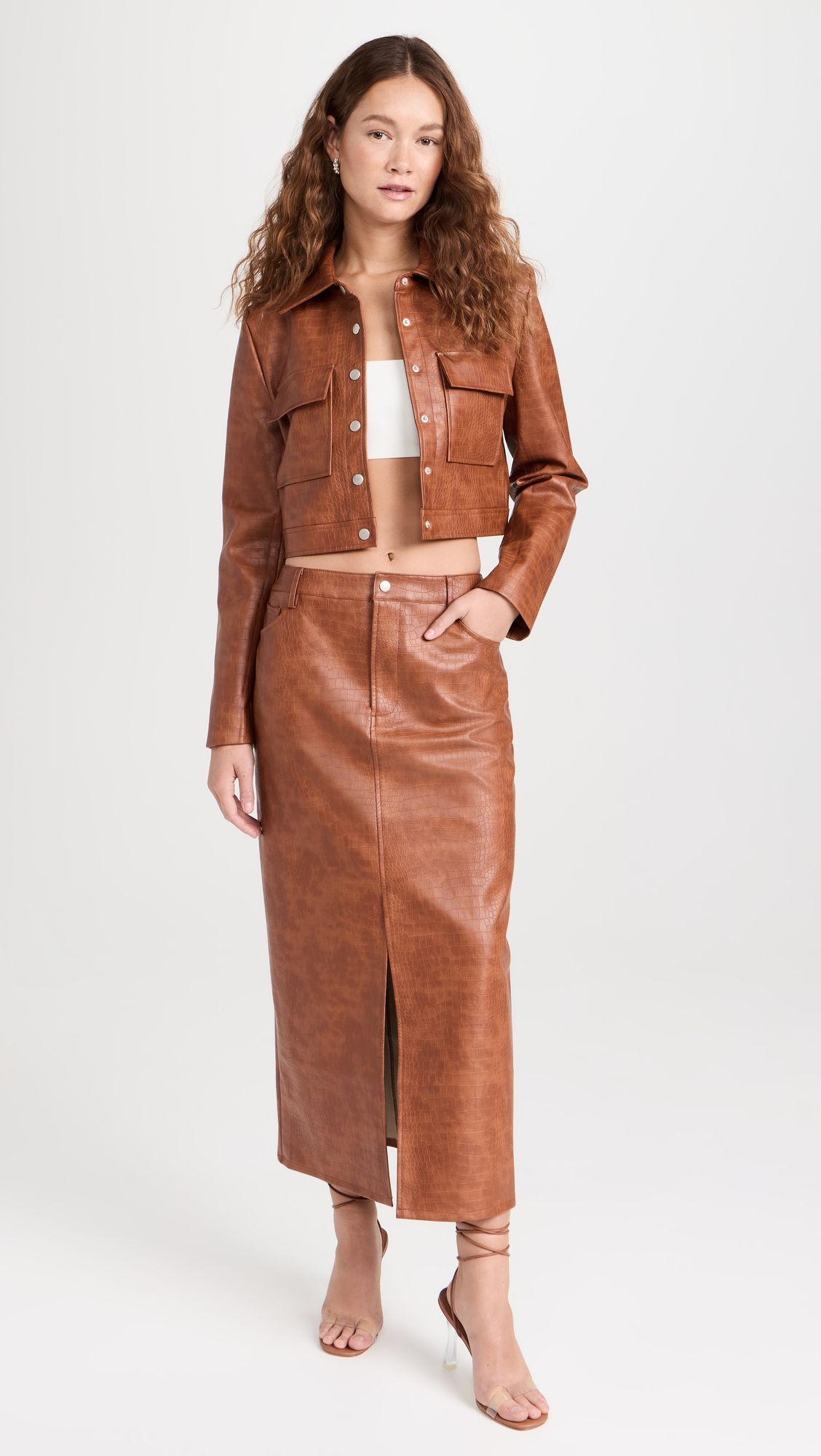
Not your run-of-the-mill midi skirt.
Pair with the matching cropped jacket ($85).
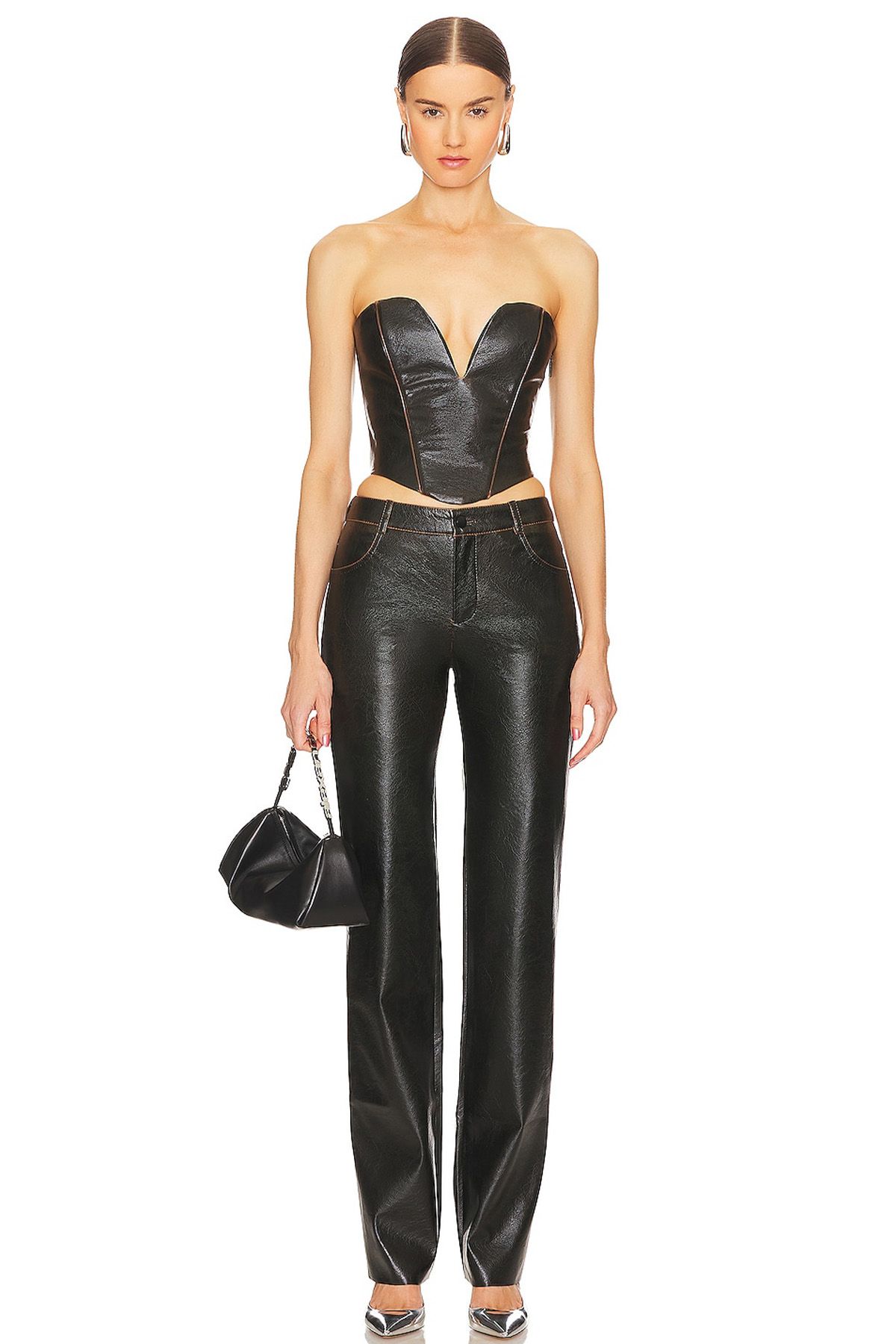
CULTNAKED
Burnt Boy Trousers
Leather trousers are the perfect addition to any wardrobe.
Pair with the matching Kvitka Bandeau ($350).
5. On the Fringes
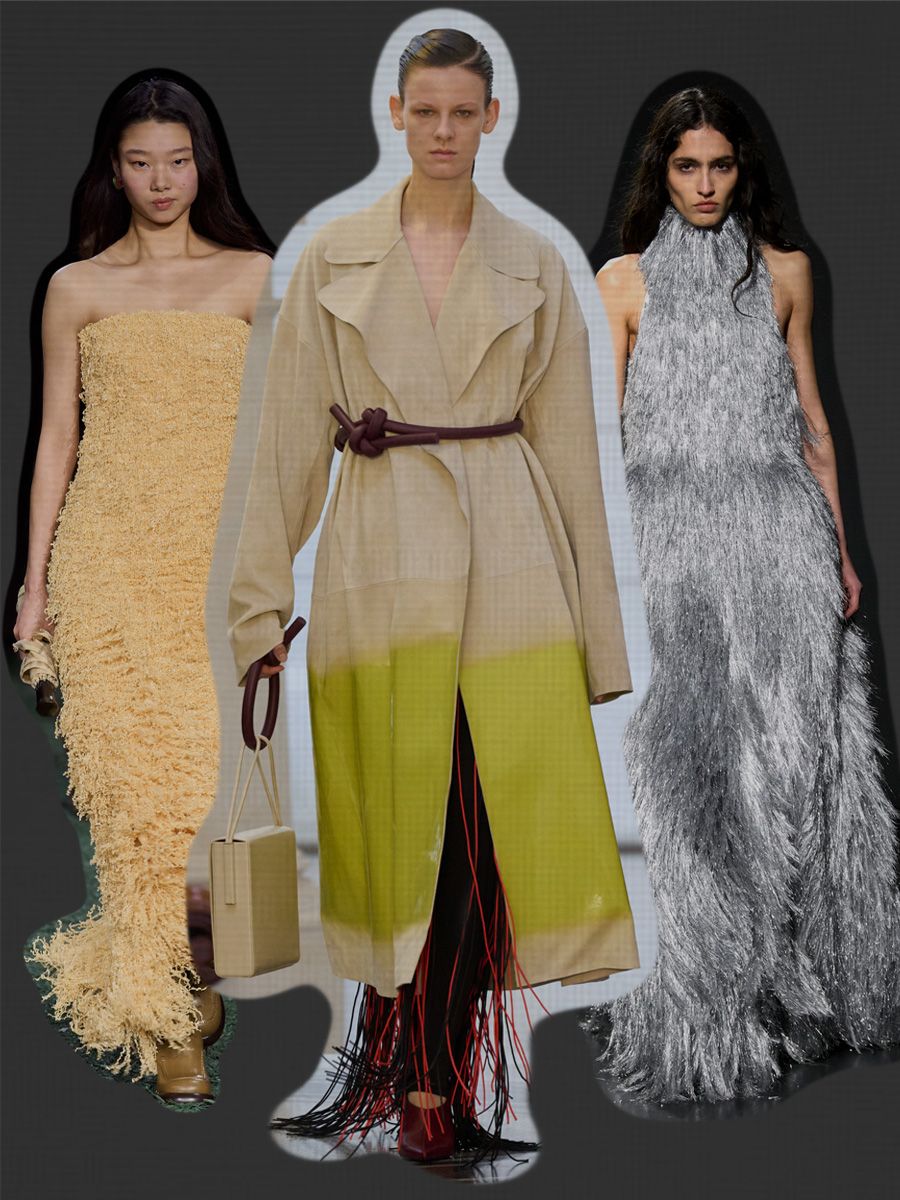
(Image credit: Courtesy of Burberry; Launchmetrics Spotlight; PICTURED: Burberry; Roksanda; 16Arlington)
If you’ve been paying close attention to fashion, then you’ve likely already been aware of one trend that’s resided on the fringes for the past few seasons: fringe. While the decorative appliqué appeared in last year’s collections, it never felt like it was fully the center of attention until the London F/W 24 shows. With them, we saw fringe used as a way to further the narrative each designer was trying to tell with their collections. In Burberry’s show notes, they referenced how the collection was meant to bring “the outside indoors,” which was adeptly reflected in how artisan braiding techniques from the region were used to create a strapless yellow fringe gown that was styled with an umbrella and rain boots.
Similarly, we saw Marco Capaldo at 16Arlington explore this idea of monsters and how they reflect our own human nature through nodding to the typical image of the monster—a.k.a. shiny tinsel fringe. While the material embodied the fictional mythology surrounding monsters, its adaptation into various looks—including a high-neckline gown, a black tailored blazer with a tinsel collar, and a full fringe maxi skirt—made it feel rooted in realism. While the sources of inspiration and silhouettes adopted no doubt played a solid part in making appliqué feel far more approachable, the best example of all was the styling in Roksanda’s collection. Underneath a spray-painted suede trench coat, strips of leather fringe in black and red peeked out as the model walked down the runway, giving us an excuse to wear the embellishment in everyday life.
Shop the trend:
6. Capes Make a Comeback
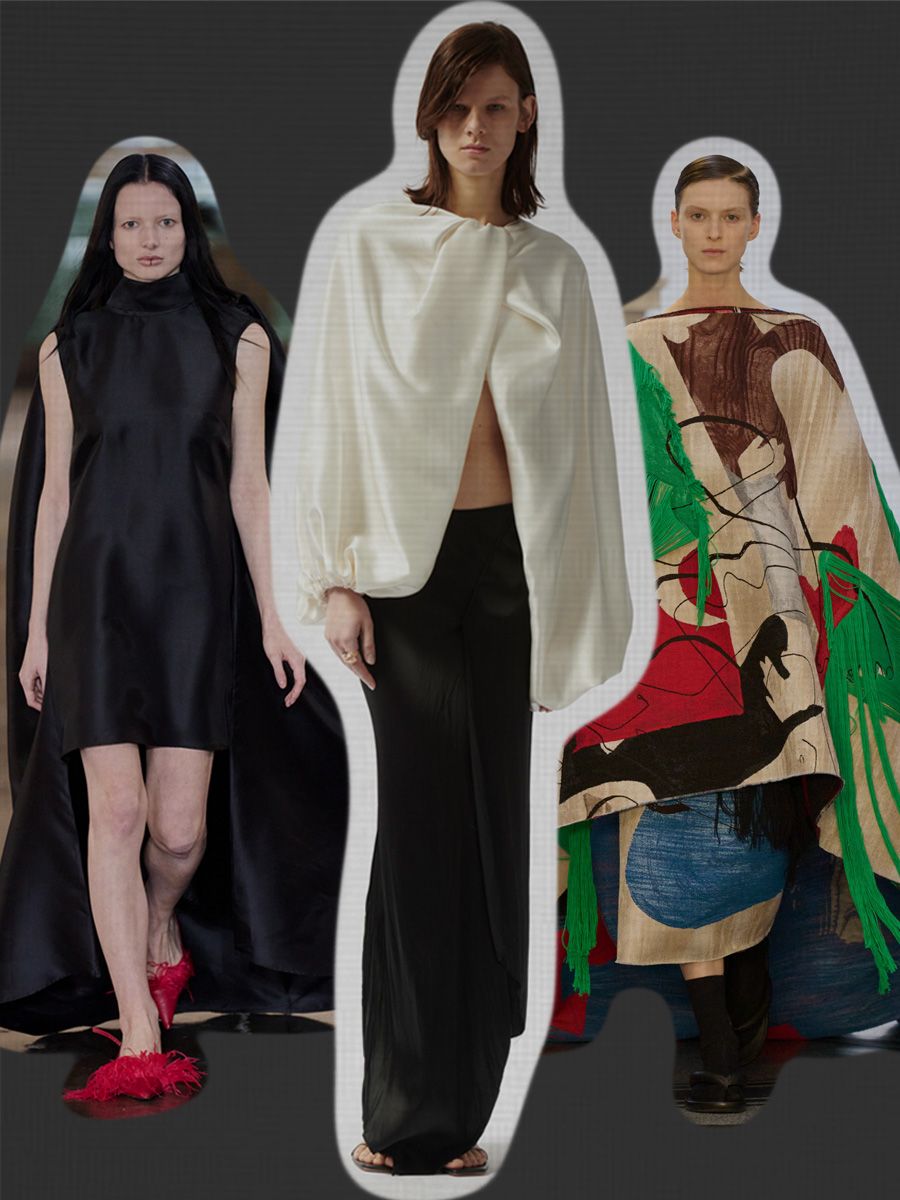
(Image credit: Launchmetrics Spotlight; PICTURED: Marques’Almeida; Sharon Wauchob; Roksanda)
Lastly, we could not round up some of the biggest trends from London Fashion Week without paying homage to the comeback of capes. Like so many of the other trends that emerged from across the pond this season, this draping was a way to symbolize the depth of humanity’s connection to the world around them. In Marques’Almeida’s show, that meant having a more literal take on the relationship between nature and society by using sustainably sourced surplus materials to create their collection—including one look in which a black dress had a cape that billowed behind the model like a train.
Conversely, there were more abstract takes on the symbiosis of people and places through Roksanda’s F/W 24 collection. Held inside the Tate Modern Museum in London, the collection took inspiration from creative spaces, which was evident in a dramatic gown with draping that mimicked the appearance of a cape covered in a print inspired by the art in Le Corbusier’s holiday home. And then, there was Sharon Wauchob’s collection, which felt less about connecting to the outside world but the deep interior world. Draping felt like it embodied a profoundly human desire to be comforted—or at least, that’s what one could deduce from how an ivory silk cape swaddled the form like a mother holds her newborn baby. Ultimately, the reintroduction of capes into collections reminded us that the best clothing can provide us with a sense of comfort while speaking to humanity’s intrinsic creativity.
Shop the trend:
Read the original article here
